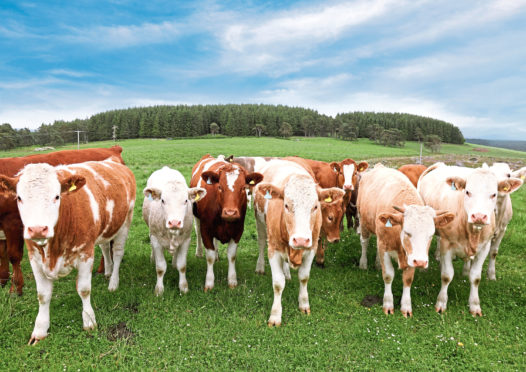Scots researchers have developed a synthetic cow’s stomach to study how a gastrointestinal worm survives in cattle.
Scientists at the Moredun Research Institute and the Roslin Institute at Edinburgh University have joined forces to develop three-dimensional cell structures, which mimic the stomach of cattle.
The mini-stomachs will be used to study Ostertagia ostertagi – a gastrointestinal worm parasite which affects millions of cattle globally.
Dr Tom McNeilly from the Moredun said a recent survey of UK abattoirs revealed 89% of cattle had evidence of infection by the parasite.
“The parasite lives in the abomasum, or true stomach, of cattle where it causes losses in calf growth-rates, carcase quality and milk production,” added Dr McNeilly.
He said cattle take months to develop immunity to the worm and this is thought to be due to the parasite suppressing immune responses within the stomach lining.
“These mini-stomachs will allow a detailed analysis of how the worms interact with the cells lining the stomach, and to test the effects of anthelmintic drugs on worms when they are within the stomach environment,” he added.
“Through this work, it is hoped that novel methods can be developed to control this important parasite.”
